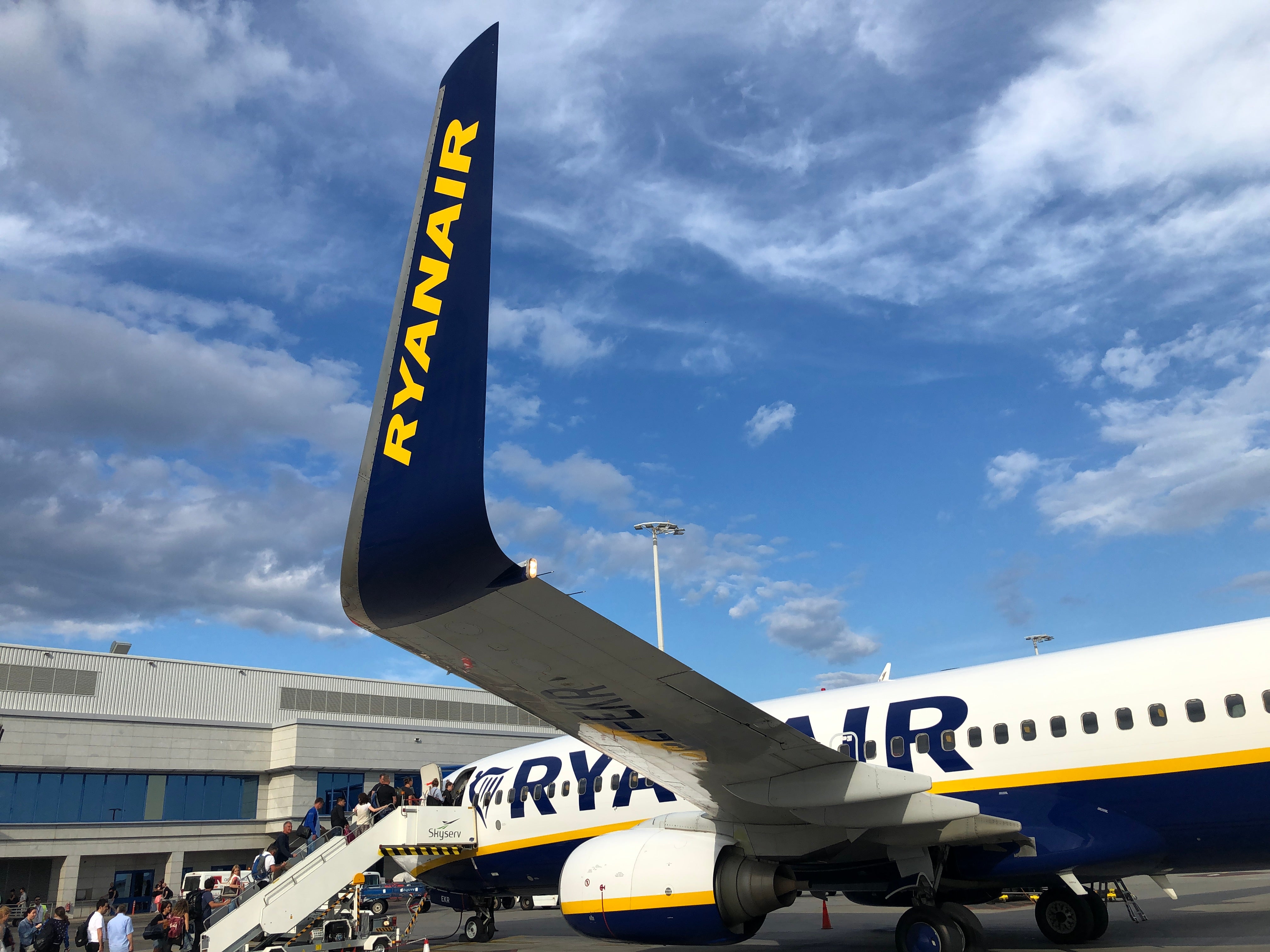How the horror of 9/11 changed aviation
Plane Talk: The aftermath of the day when civil aircraft became weapons of mass destruction

Civil aircraft, which in normal times bind humanity together so gloriously, also represent trophies for those who despise us.
Terrorists know that an attack on a plane – and the transmission of that horror around the world – will turn dreams to despair in an instant.
So it proved with the bombing of Pan Am 103, the Jumbo jet that crashed at Lockerbie four days before Christmas 1988. High explosives were hidden in a bag that was placed in the hold of the Boeing 747, even though there was no accompanying passenger on board.
Immediately afterwards, airlines started to reconcile baggage with travellers – with luggage taken off if the owner is dawdling in duty-free when they should be at the gate.
The practice largely continues today, with the now-familiar announcement: “Ladies and gentlemen, we’re a few minutes late leaving because we are offloading the baggage of a missing passenger.”
Until 9/11, the presumption was that terrorists attempting to commit mass murder would not be prepared to die in such an attack.
The destruction wrought on that bright morning on 11 September 2001 in New York City, Washington DC and in Pennsylvania exploited that assumption – and the strange exemption that allowed blades through the airport security checkpoints even though they are just as lethal as firearms in the hands of those whose hearts are full of hate for the world.
Twenty years on, the grief of the loved ones of the almost 3,000 victims is incalculable.
In the aftermath of the collapse of the twin tower of the World Trade Center, many of us involved in travel anticipated that stepping on board an aircraft would no longer be a relaxed part of the routine of many millions of people. We waited to see if flying – with the greatly enhanced security measures designed to prevent a repeat attack – would become a rare and worrisome activity.
Aviation in the US paused for just two days. When it returned, the airport experience had become an uncomfortable series of hurdles, anticipating any suspicious moves by the passenger. In the UK and Europe, as well as North America, security was stepped up – and remains fixated on the contents of passengers’ pockets and baggage, with the “liquids rule” that followed the failed bomb plot of 2006 still firmly in place.
For weeks after 9/11, aircraft occupancy was extremely low – with “legacy” airlines such as Sabena, Swissair and Ansett of Australia going out of business as cash dried up. But one airline bucked the trend: Ryanair.
Fares were cut to £10, which stimulated a small stampede to Stansted – and demonstrated that the whiff of a bargain can overcome inertia and uncertainty. And Ryanair’s chief executive, Michael O’Leary, went shopping.
Ryanair’s campaign for domination of low-cost aviation in Europe began in January 2002. With airlines shrinking and closing down, demand for new planes was negligible – until the Irish airline’s boss ordered 100 new 737s with options on 50 more at unprecedented low prices.
Soon, the market capitalisation of Ryanair exceeded that of both British Airways and American Airlines.
The world changed, but not in a way anyone had predicted.
Subscribe to Independent Premium to bookmark this article
Want to bookmark your favourite articles and stories to read or reference later? Start your Independent Premium subscription today.

Join our commenting forum
Join thought-provoking conversations, follow other Independent readers and see their replies